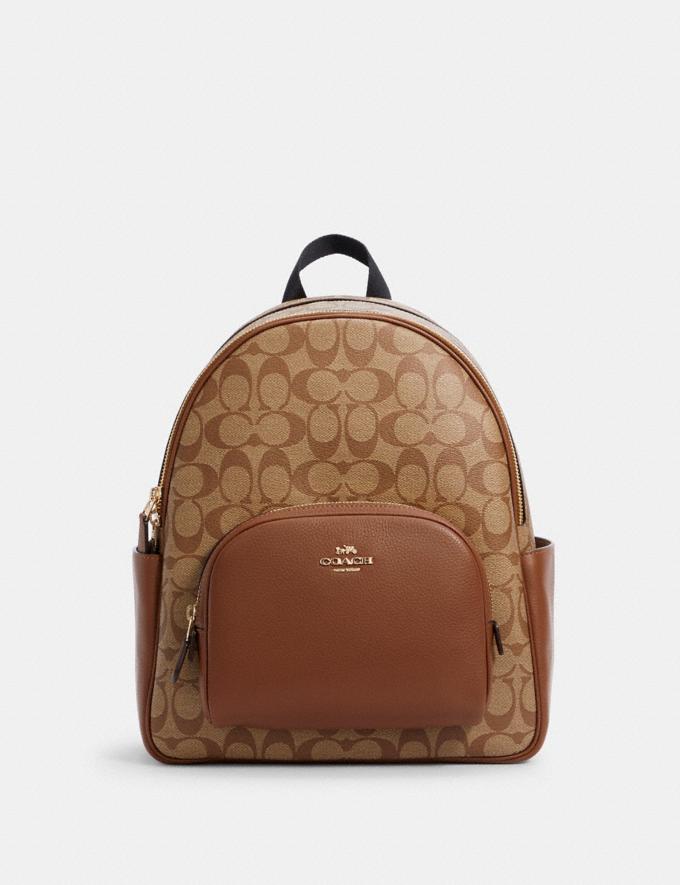Mini Lou Quilted Leather Camera Bag – SAINT LAURENT
A calfskin crossbody inspired by vintage camera bags goes for maximum impact with quilted chevrons, logo-monogram hardware and a bold tassel at one side.
A calfskin crossbody inspired by vintage camera bags goes for maximum impact with quilted chevrons, logo-monogram hardware and a bold tassel at one side.
- 8″W x 5″H x 2″D (Interior capacity: small.)
- 22″ crossbody strap drop.
- 0.80 lbs
- Top zip closure
- Chain-and-leather strap
- Exterior slip pocket
- Three interior card slots
- Unlined
- Leather
- Made in Italy
- Designer Handbags
- Item #6084395






by Nordy
This is my third YSL purchase from here. The regular sized camera bag – I just wasn’t blown away with. Returned and bought the toy Lou Lou. Loved that bag but I was sent a defective bag – the strap connector would not open so I had to return. It was beautiful but was a tight fit for my everyday items so returned! I did not think I would like this bag but it’s actually perfect – almost perfect. If only the chain was removable/adjustable it would be 100% perfect. The pebble leather is really beautiful and seems to be very resilient.
by Randy
I have eyes on this bag for long time, and finally I have made my decision to get it. I am so glad that I got it, it’s much beautiful in person than on the website.
by Maria
It’s just beautiful, perfect size and classy! Got many compliments.
by Kimberly
The gold detail on this chain is amazing. This bag is smaller but fits everything you need, it’s not a bag where you have to worry about not fitting necessities. I absolutely adore it. This is my first luxury bag purchase and I am very pleased. I can’t wait to use it this spring/ summer!!!
by Thamara
I love this bag . It’s the perfect size for nights out . It fits my iPhone pro max , hand sanitizer, , bulky car keys and has space for touch up makeup.
by Crosby
I was looking for an everyday crossbody bag and had seen this on so many places. The dark beige is the perfect color, but the bag was just a bit too small for my purposes.